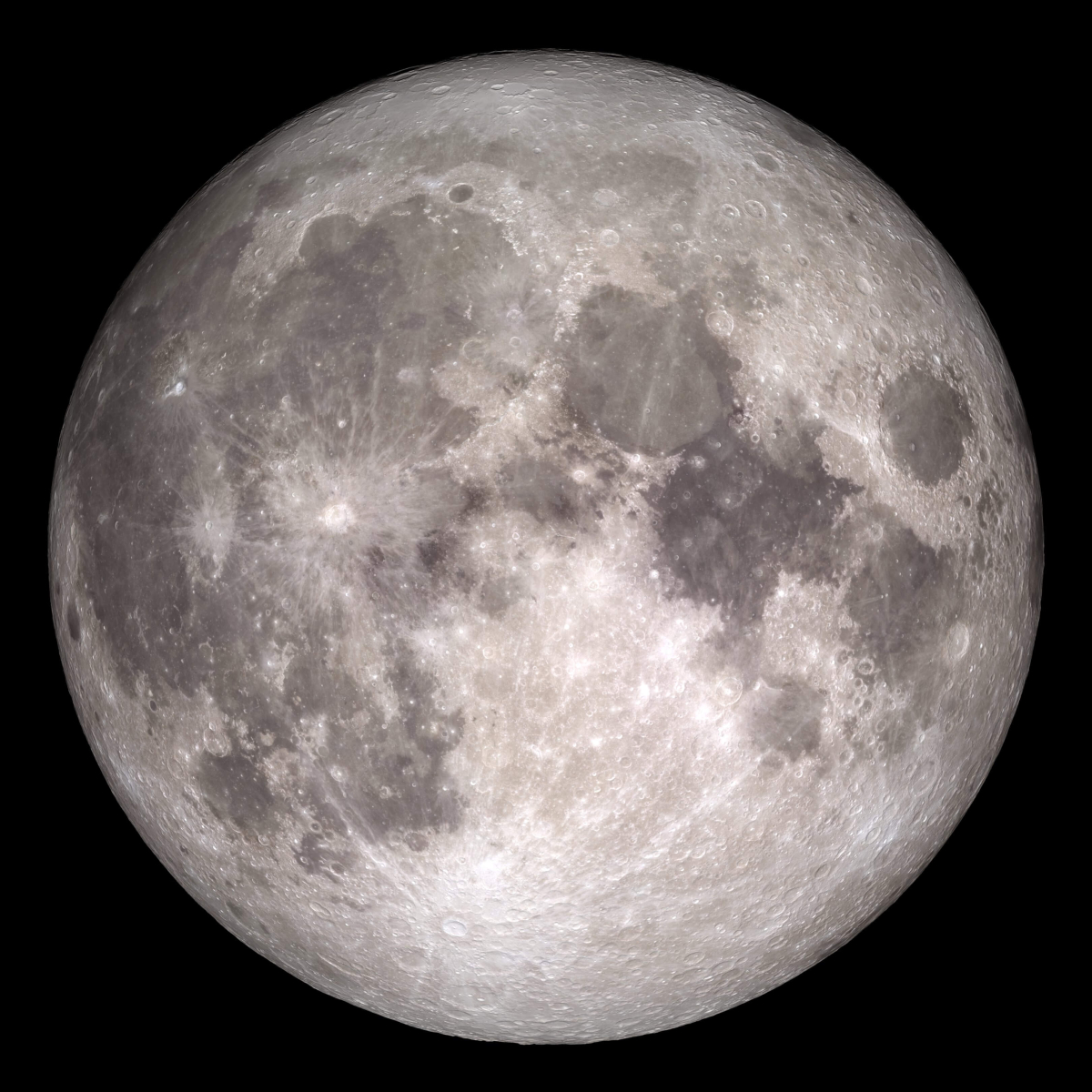Nasa wants a telescope on the dark side of the moon
Before the first stars formed, the universe was in the so-called Dark Ages. There is not much data on the era that began around 380,000 years after the Big Bang with the formation of the first atoms. The best evidence for the Big Bang, which describes how the universe formed about 13.8 billion years ago, is the cosmic background radiation.
“So far we can only guess what happened in those early stages of the Universe,” says Anže Slosar, a physicist at Brookhaven National Laboratory (BNL). “The Dark Age signal could give us new reference data here.”
A new telescope is now supposed to capture these old radio waves shielded from earthly interference. The project named Lunar Surface Electromagnetics Experiment Night (LuSEE Night) was launched by NASA and the United States Department of Energy in hopes of finding this ancient signal left over from the Big Bang – on the dark side of the moon.
There, the researchers hope to find answers about the origin of the universe. The telescope is currently being constructed in the USA and is scheduled to be shipped to the far side of the moon with a landing probe in 2025.
Unlike on Earth, there is no atmosphere on the far side of the moon that could cause interference when signals are received. “The Moon and Earth are tidally locked, which means that the Moon rotates on its own axis at the same speed as it rotates on Earth,” explains BNL’s Anže Slosar. “That’s why we always see the same side of the moon.”
The side that we can’t see, the far side of the moon, is shielded from a lot of radio interference at night by the moon’s own mass. The dark side of the moon is therefore the ideal place for highly sensitive telescopes. During the two-week moonlit night, there is not only darkness there, but also radio silence. Perfect for capturing the signals that researchers have been looking for for so long.
The moon is a “real challenge”
But as Paul O’Connor, BNL’s senior scientist, explains, there’s a problem with the whole operation: “The moon is easier to get to than Mars, but everything else is a real challenge.” There’s a reason why In the last 50 years, only one robotic rover has landed on the moon, while there have been six rovers on Mars, despite being 100 times more distant, the scientist said.
Editor’s Recommendations
In addition, the electronics of such a telescope have to withstand extreme conditions. There is intense cosmic radiation due to the lack of an atmosphere that can damage such instruments.
And the temperatures are also a challenge for the mission: they change every 14 days between plus 120 degrees during the lunar day and minus 173 degrees on the lunar night. The LuSEE night telescope must be able to generate enough energy to keep going in these wildly fluctuating temperatures.
“LuSEE-Night is not a standard radio telescope, it’s more like a radio receiver,” explains Slosar. “The telescope will capture signals near the ultra-high frequency band and separate them into their frequencies using a spectrometer.”
However, the far side of the moon makes data transmission and communication more difficult, because it is much slower on the other side. Astronomers at home would have to wait 40 days to get the first signal from the probe.
The plan is to send a robotic lander to land on the lunar surface and extend the LuSEE night radio telescope, which consists of four antennas around three meters long mounted on a rotating base. These antennae are then said to deploy to find the radio waves of the Dark Ages.



